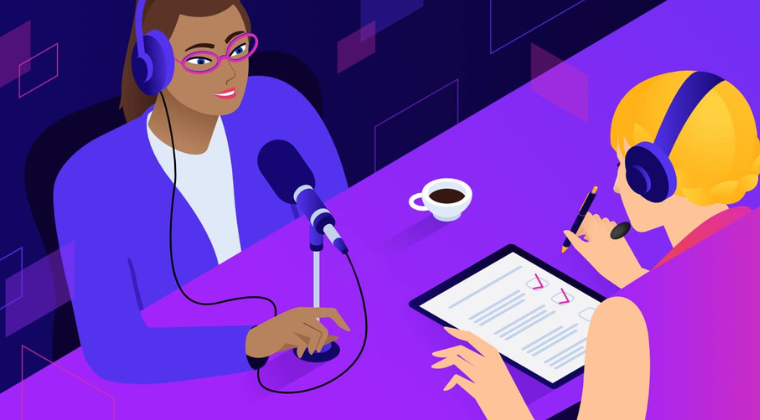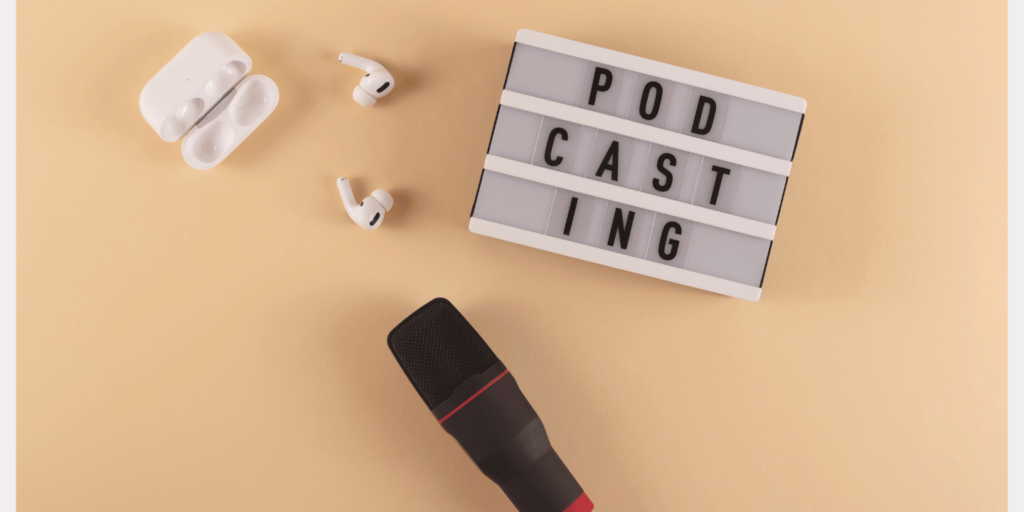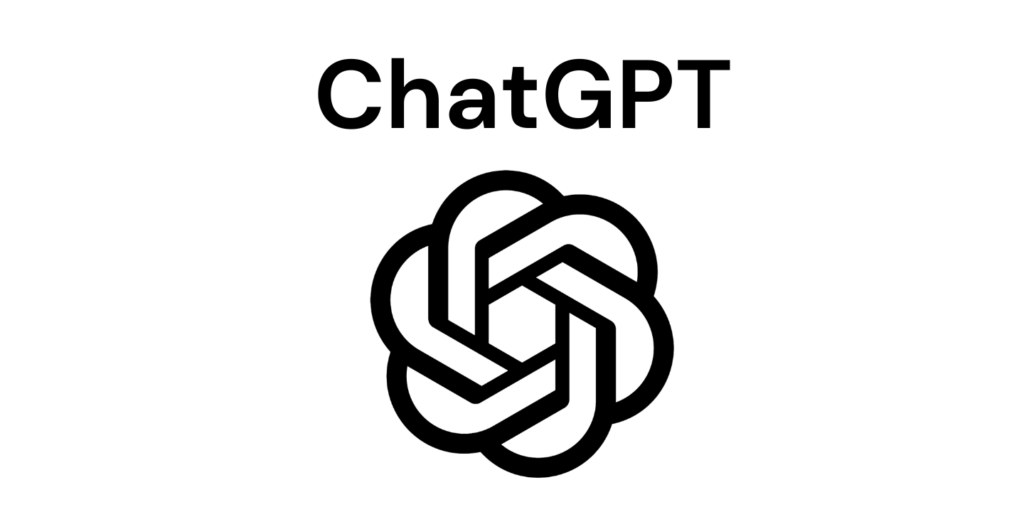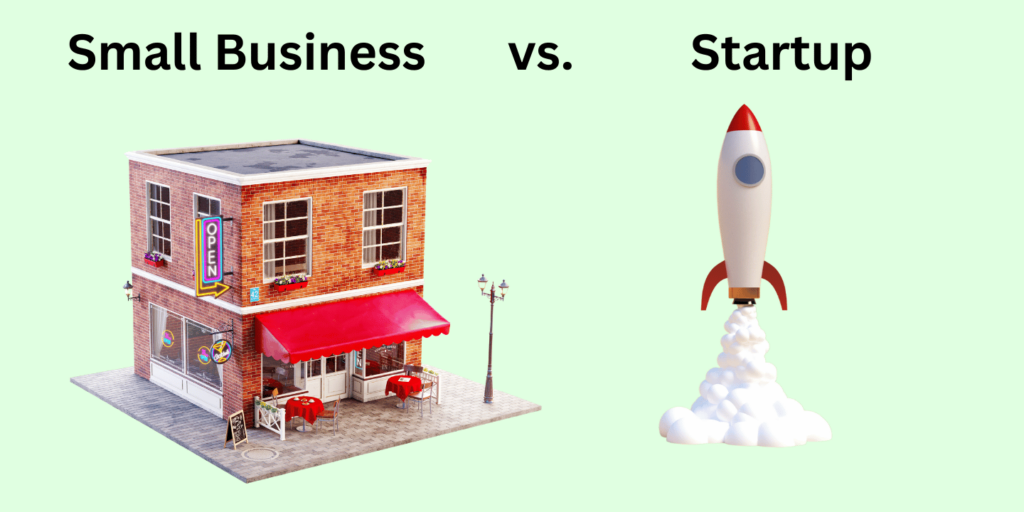Podcasts have witnessed a significant boom in recent years, becoming one of the most engaging and accessible forms of digital media. If you have an attractive voice, a talent for speaking and a message to share, this article is for you! Podcasts are booming right now and offer an incredible platform to share your voice with the world. All what you need are some simple tools to get started. This article will guide you through all essential steps to launch a successful Podcast channel.
Table of Contents
Step 1: Podcast Concept
Selecting the right concept for the podcast is crucial as it will determine your audience and make them engaged. So, you should find a niche and a clear message. Let’s get into further details:
Why start a Podcast?
Understanding your motivation is key. Ask yourself why you want to start a podcast. Even if your answer is “just for fun,” it’s important to define your purpose. Here are some common reasons:
- Generating business
- Sharing knowledge or science
- Story telling
- Spreading awareness about certain societal issues
Be realistic about your goals. Podcasts often start with a small audience but can grow over time.
Choosing a theme or a topic for your podcast
Pick a theme or topic that excites you. Sustained interest in your topic will prevent “podfade,” a term for losing interest in podcasting.

Here’s a tip: try outlining ten episodes on your chosen topic. If it’s a struggle, you might need to reconsider your topic
Market Research
Once you decide some ideas, do some market research to check competition in your genre.
Apple Podcasts is a great place to start. Listen to various episodes and think about what you can do differently.
Narrow Your Niche
A specific niche attracts and engages a more dedicated audience. Broad topics often have less engagement.
Be clear and specific to appeal to the right listeners. Here are some examples:
Examples:
- Mental health for new moms
- Nutrition for atheletes
- Business tips for enterpreneurs
Choose a name
Your podcast’s name significantly impacts listeners’ first impressions and defines the tone of your brand. It should be:
- Specific
- Available
- Memorable
- Related to your topic or brand
Check the availability of your chosen name using tools like Name checker to ensure it’s not already in use.
Step 2: Choose your Podcast format
Format
The format should complement your podcast and make it shine.
Ask yourself if it’s more comfortable talking with guests or flying solo?
Or you can mix it up!
Having cohosts can be more entertaining and engaging for the audience but you better limit the number of hosts to a maximum of 1 or 2 to make it easy to handle and manageable.
Best podcast episode length
Podcast episodes can vary greatly in length. Some podcast episodes can be less the 5 mins and some could extend to hours long.
Here’s a simple guide based on Buzzsprout Platform statistics:
- Less than 10 mins (14%)
- 10-20 mins (15%)
- 20-40 mins (31%)
- 40-60 mins (22%)
- Over 60 mins (7%)
Podcast Publishing schedule
Decide your publishing schedule. Weekly is recommended to maintain connection with listeners, but bi-weekly or monthly can also work.
Step 3: Setup Podcast recording equipment
Basic Setup
As a start you don’t have to have fancy pro sound equipment to launch your podcast.
There are many ways you can have a decent audio with basic setup
Dynamic vs. condenser
Dynamic microphones work best for podcasting. They pick up lower frequencies and have less sensitivity. This means you’ll have less background noise to edit out later.
Condenser mics have more sensitivity and pick up a wider range of frequencies. Sensitivity is good for recording music but isn’t ideal for spoken word
XLR or USB
Podcast mics have two types of connections: XLR or USB.
XLR mics give you maximum flexibility. There are a lot of XLR mics to choose from, and they usually have a long life. But, XLR mics require an interface or mixer to hook up. This can get expensive for beginners.
USB microphones are less expensive and plug directly into your computer. You can also run it through an interface if you record with multiple people. USB mics are affordable, practical, and sound great. This mic is the best option for the majority of podcasters.
Step 4: Choose your podcast software
You already set up the equipment and recorded your episodes? Time for edits!
If you are going to do remote interviews or having a co-host who lives in another place, then you will need long distance recording
Riverside.fm
- Cost: $9+ per month; Studio-quality recordings; handles local audio and video recording, even if you don’t have a great internet connection.
Users can take listener call-ins, livestream to social media, and edit videos within a browser. Files continuously upload to the cloud during recording, so you never lose your work
SquadCast
- Cost: $10+ per month; Studio-quality recordings; records local WAV files for high-quality audio
Studio-quality recordings
SquadCast makes it easy to set up a remote podcast interview and capture high-quality, lossless audio. Squadcast’s sound quality is much better because it records local WAV files to each person’s computer. However, the initial setup is more complicated than Zoom.
Editing software
GarageBand | Free
- Difficulty: Beginner
- Compatibility: Mac and iOS
GarageBand comes pre-installed on most Apple computers. If you don’t have it, you can easily download it for free. We think GarageBand is a more intuitive interface than Audacity.
GarageBand is not available on Windows computers or Android phones
Audacity | Free
- Difficulty: Moderate.
- Compatibility: Mac, Windows, and Linux
Audacity is a free, open-source audio editor with pro-level features. This DAW (Digital Audio Workstation) is more than enough for most podcasters to produce great episodes.
Step 5: Record your 1st Episode
We are back again to setting up the content. To avoid making frequent pauses or losing your train of thought while speaking, it’s advisable to write down a script or an outline for the episode. Even jotting down a list of key points can help improve the flow of your speech.
Choose a good place recording
It is very important to choose a quiet place to do your recordings. It is better to record in a quiet room with lots of furniture like carpets, curtains and rugs so you avoid the noise bounce, echo and distortion.
Microphone technique
- Position your mic 2-4 inches from your mouth
- Speak off- axis if you want to increase lower frequencies
- Stay away from the mic while speaking
- Test multiple angels to see which sounds best
Step 6: Edit your audio
Do not try to make the audio too fancy while doing the editing so not to overwhelm yourself.
1. Create an engaging intro and outro
Your podcast intro and outro are essential for conveying the theme and value of your podcast, and keep them engaging.
You can either opt to get royalty-free music for no cost or purchase your show’s intro music through one of these resources:
2. Edit content then distractions.
Edit content before removing distractions to avoid polishing sections you might cut.
To avoid noise and click sounds at the end of cut audio sections, you can use the fade tool at the beginning and end of the audio
3. Export audio file
Finished? Its time to export your audio file as a .WAV file.
Step 7: Create Artwork for your Podcast
Good artwork is crucial as 60% of new listeners are more likely to listen if they like the cover art.
Technical qualifications for podcast coverart:
- Square imag (3000×3000 pixels)
- Resolution of 72 dpi
- PNG or JPEG file types
- Colorspace RGB
General tips:
As we said before, visual is important so make your coverart attractive yet simple and relevant to the content you are presenting. Too much symbolism and ambiguity can turn audience away.
Don’t use too many words or fonts.
You don’t need to remind people they are listening to a Podcast so images of mics, headphones are not necessary! Stay consistent with your cover art as it represents your identity and brand
Step 8: Upload your first Episode
It’s time to publish your work! Publish your podcast on platforms like Anchor or Buzzsprout.
Thereafter, submit to globally renowned directories like Apple Podcasts, Spotify, or Google Podcasts for approval. Once approved, your podcast will be listed among global podcasters!
Step 9: Launch your show!
Its important to market your podcast and make a big hype even before you launch.
- Pick a launch date, announce on your social media accounts, reach out to people who might be interested including family and friends.
- You can also pay for Ads so to enhance your reach.
- Post episodes on social media.
- Engage more with groups and forums, share links of your work,
- Cross promote with other creators, it’s a very successful marketing method where you can share audience and benefit each other.
Finally, celebrate your launch and enjoy the process of podcasting!
Tune into our podcast here, to listen to this article.




